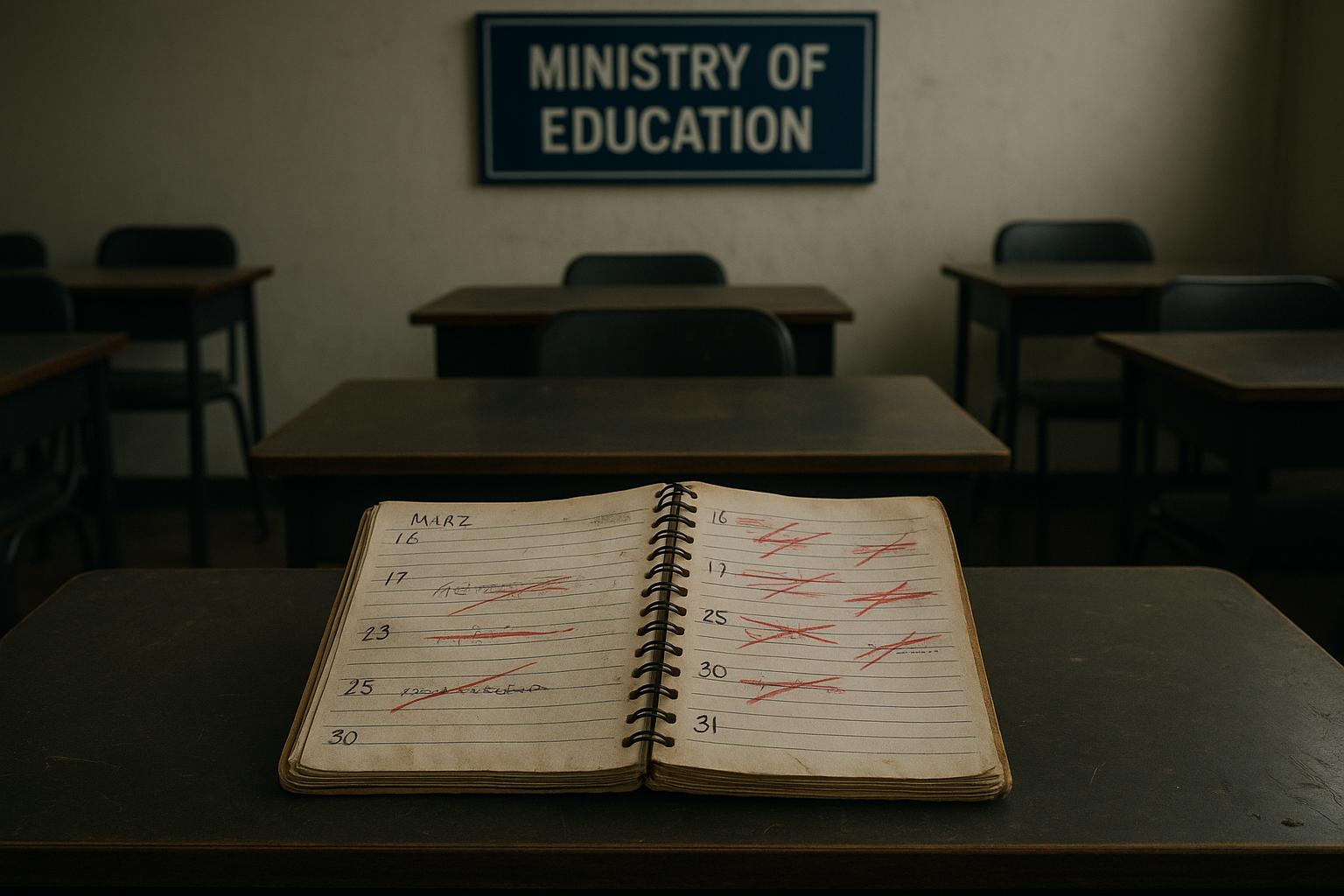Former Education Secretary Sir Gavin Williamson has delivered a candid assessment of the UK government’s handling of school closures during the Covid-19 pandemic, revealing deep divisions within the cabinet and expressing regret over what he described as “many mistakes” in planning and execution. Williamson accused then-Prime Minister Boris Johnson of prioritising the NHS over the welfare of children, an approach he said resulted in decisions that were not sufficiently focused on young people’s best interests.
Speaking at the ongoing Covid inquiry, Williamson was sharply critical of the government’s decision to close schools in January 2021, describing it as an “unnecessary” and “panic decision” made without adequate consideration of the consequences for children. He revealed that he had advised Johnson that schools should remain open that January, but that his advice was overridden. Williamson told the inquiry he believed the prime minister “chose the NHS over children” during this period and that the impact on pupils was not properly accounted for. He likened one justification for closing schools—compared to “smashing a Ming vase on the floor to get people’s attention”—to a manifestation of a “lack of seriousness” in government.
Williamson also criticised Johnson’s earlier announcement in May 2020 of a phased return to schools, labelling the promise “destined to fail” due to social distancing rules that made reopening physically impossible without breaking the law. He described the pressure and conflicts this caused within the Department for Education and among schools. A text message he sent Johnson at the time, later shown at the inquiry, articulated his frustration at receiving abuse over the confusing and rapidly shifting policies.
Regretting the lack of early planning for school closures, Williamson admitted many mistakes were made, acknowledging that the department did not sufficiently heed emerging scientific evidence about the potential benefits of closing schools to delay or flatten the pandemic’s peak. He recounted how the government was slow to devise a closure strategy, finalising plans only days before the March 2020 announcement. Williamson said such decisions were centrally controlled out of Downing Street, limiting the Department for Education’s freedom to take independent action.
The inquiry also heard contrasting testimony from head teachers who began preparing for closures weeks ahead of official announcements, highlighting frustrations among education leaders who found governmental planning too slow and reactive. For example, Sir Jon Coles of United Learning, overseeing 50,000 pupils, said early preparations were essential and expressed disbelief at Williamson’s suggestion there was no plan. While Williamson rejected accusations of “dereliction of duty”, he conceded the government had underestimated the scale and complexity of the challenge.
In addition to school closures, Williamson touched on the highly controversial handling of exams in 2020. With exams cancelled, the government initially planned to use a grading algorithm which was widely criticised for disadvantaging many students. Williamson admitted he was aware some students would receive lower grades than deserved under this system and said it was “not the right approach.” Ultimately, teacher-assessed grades were implemented, leading to a surge in high marks. Williamson suggested the exams regulator Ofqual bore some responsibility for the turmoil, implying that stronger government intervention might have prevented the debacle.
In summary, Williamson’s testimony paints a picture of a government struggling to formulate coherent, child-centred policies amid the swirling pressures of a pandemic. His frank admissions underscore the complexity of balancing public health with educational needs, while shining a light on the internal tensions that characterised the UK’s pandemic response.
📌 Reference Map:
- Paragraph 1 – [1], [4]
- Paragraph 2 – [1], [4]
- Paragraph 3 – [1], [2], [3], [5], [6]
- Paragraph 4 – [1], [4]
- Paragraph 5 – [1]
- Paragraph 6 – [1], [4]
- Paragraph 7 – [1]
Source: Noah Wire Services
